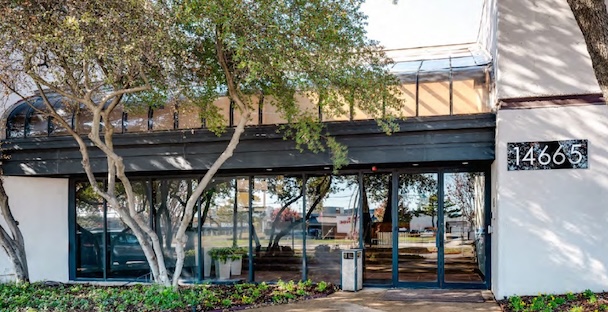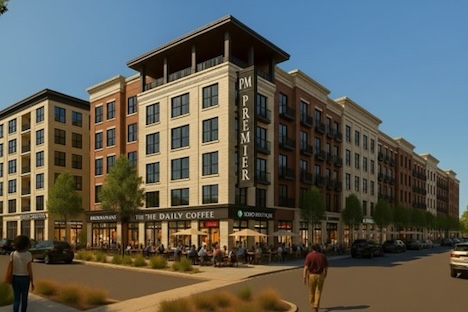Forward-thinking companies have stopped playing defense with their real estate portfolios and started playing offense. The winners in 2026 will be those who turn their physical spaces into powerful drivers of employee engagement, innovation and business growth. JLL’s 2026 Corporate Real Estate Trends to Watch piece outlines five priorities that global occupiers must act on in 2026 and beyond to stay ahead.
“The pace of change in corporate real estate has never been greater, and transformation must be continuous, not a one-off initiative,” said Neil Murray, Global CEO, Real Estate Management Services, JLL. “In 2026, the most successful organizations will not only optimize real estate costs but also leverage high-quality data to integrate people, technology and sustainability, turning their physical footprints into a driver of competitive advantage.”
Focus on “elastic portfolios” for efficient yet dynamic CRE strategies
Reducing operating costs and portfolio optimization top the list of corporate real estate objectives, yet talent and workforce expansion are critical considerations that are often overlooked. Globally, office utilization averages just 54% versus targets of 79%, underscoring the need for CRE strategies to shift from static, long-term leases to dynamic “elastic portfolios” that span all asset types that are right for organizational strategies and business needs. In 2026, organizations must treat portfolio optimization like a technology platform – one that can continuously pivot to support market entries, talent acquisitions and capital redeployment.
Evolve from mandates to curated, experience-centric workplaces
As 52% of organizations now require employees to be in the office three to four days a week, there’s a growing focus on making workplaces truly “commute-worthy.” With work-life balance now outranking salary as the top retention driver (65%), flexibility in location and hours has become a need and not a perk.
“Across APAC markets, there is a clear correlation between workplace quality and attendance patterns,” said Susheel Koul, Chief Executive Officer, Real Estate Management Services, APAC, JLL. “The organizations achieving consistent office utilization have moved past generic space planning to create locations that genuinely support how their specific workforce operates. Success comes from strategic alignment between space design, company culture, and measurable business outcomes.”
Advance AI capabilities from experiment to intelligent infrastructure, driving performance
AI exploration has skyrocketed from under 5% of CRE teams planning pilots in 2023 to 92% in 2025; however, most are still in the experimental phase. The bottleneck is not a lack of ambition but rather foundational, with 54% citing compatibility issues with legacy infrastructure as the top barrier. Despite this, several workplace technologies have surpassed an 80% adoption rate.
With operational pressures rising and richer data streams now available, AI is becoming essential for resilience and cost control.
“We’re seeing a fundamental shift in how organizations view AI investment in EMEA and beyond,” said Sue Asprey Price, CEO, Work Dynamics, EMEA and Head of Portfolio Services, JLL. “The early adopters have moved beyond pilot projects to embed AI as core business infrastructure. In the year ahead, organizations that strengthen data foundations before scaling AI initiatives will achieve the essential AI shift from experimentation to enterprise infrastructure.”
Design facilities management models that simultaneously optimize operations and enhance employee wellbeing
Facilities management (FM) is at a turning point as organizations navigate rising operating costs alongside increasing expectations for employee wellbeing and safety. 84% of FM leaders cite costs as their top concern, with wellbeing and safety close behind. This shapes how companies evaluate FM partners. Today, 78% of organizations prioritize providers who understand their business, not just those offering the lowest price. By 2026, FM leaders must harness technology to automate routine tasks; foster a safety-first culture and balance cost efficiency with human experience to measure safety, satisfaction and sustainability and not just cost per square foot.
Align energy performance and human experience for shared value creation
As energy costs rise and tenant expectations evolve, 62% of organizations now cite energy performance as a top sustainability driver. Looking ahead, occupiers should prioritize upgrades that combine energy efficiency, smart technology and design improvements to enhance both performance and employee wellbeing. In 2026, organizations that integrate these upgrades with broader experience improvements will capture a “twin premium,” achieving measurable savings while creating workplaces that attract and retain top talent.
“These five trends are interconnected drivers of a seismic shift that signal the days of treating corporate real estate as a cost center are over,” said Sanjay Rishi, CEO, Work Dynamics, Americas and Head of Industries, JLL. “By aligning portfolio decisions with employee wellbeing and business agility, CRE leaders are creating workplace experiences that drive both operational efficiency and talent loyalty. The result is real estate that actively contributes to business growth rather than simply supporting it.”










